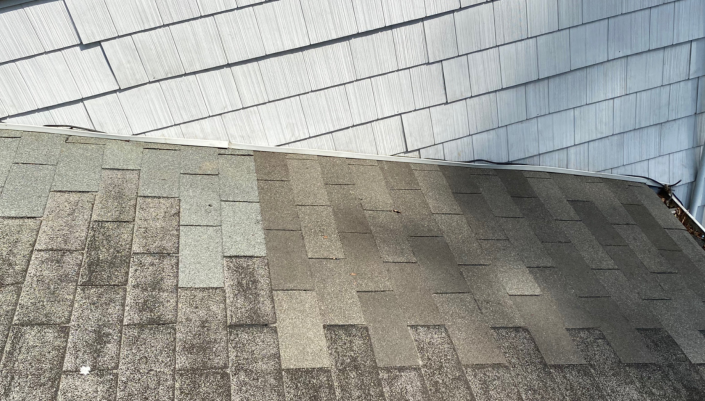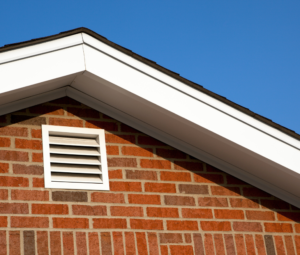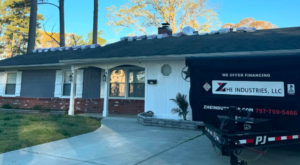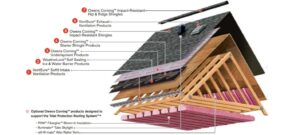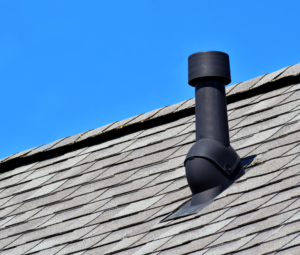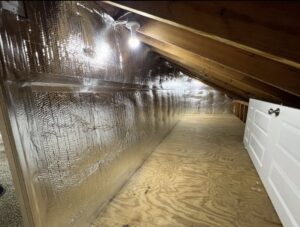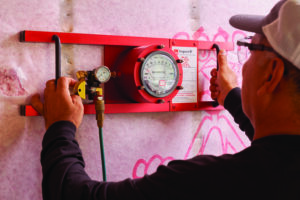Spring is here, making it the ideal time for home maintenance, especially roof inspections. This task is crucial for keeping your home safe and avoiding costly repairs. With the mild weather, spotting and addressing potential issues before they worsen is easier. A thorough inspection includes checking the attic for water damage, cleaning gutters, assessing shingle wear, examining flashing, and inspecting chimneys and skylight seals. This blog post will explain the benefits of a spring roof inspection and guide how to conduct one effectively, saving time and money in the long run.
What to Look for During Your Spring Roof Inspection
- Look for damaged or missing shingles. Damaged or missing shingles can lead to costly roof repairs if not addressed promptly. Inspect your roof for any loose, cracked, or missing shingles, and replace them if necessary.
- Check for sagging or drooping. Sagging or drooping indicates poor support structure or a moisture issue. Check the eaves and other areas of your roof for sagging and drooping, as these can indicate a more significant problem.
- Check for moss, algae, or mildew. These are all signs of water damage and can lead to premature roof deterioration if not addressed. Remove any moss, algae, or mold from the roof surface using a brush and cleaning solution specifically for roof surfaces.
- Examine the flashing. Flashing is designed to keep water out of vulnerable areas, such as around chimneys and skylights. Ensure the flashing is properly sealed and in good condition, as any water penetration here can lead to leaks and further damage.
- Look for signs of wear and tear. Common signs include visible cracks or splits in the roof material, exposed nails, worn shingles, and buckling in the membrane. Repair any damage you find promptly to prevent further damage.
- Gutters. It’s April, and you know what they say about April Showers, right? Are your gutters prepared to do the work? If they are clogged or sagging, extra water may build up and damage your roof. If you missed clearing your gutters after the fall, now is the time!
Bottom Line
By following these simple steps, you can perform a thorough spring roof inspection on your home and prevent costly repairs. If you have any doubts about the condition of your roof or need help performing an inspection, contact a professional roofing contractor. They will be able to assess the condition of your roof and provide you with a detailed report and repair plan.

